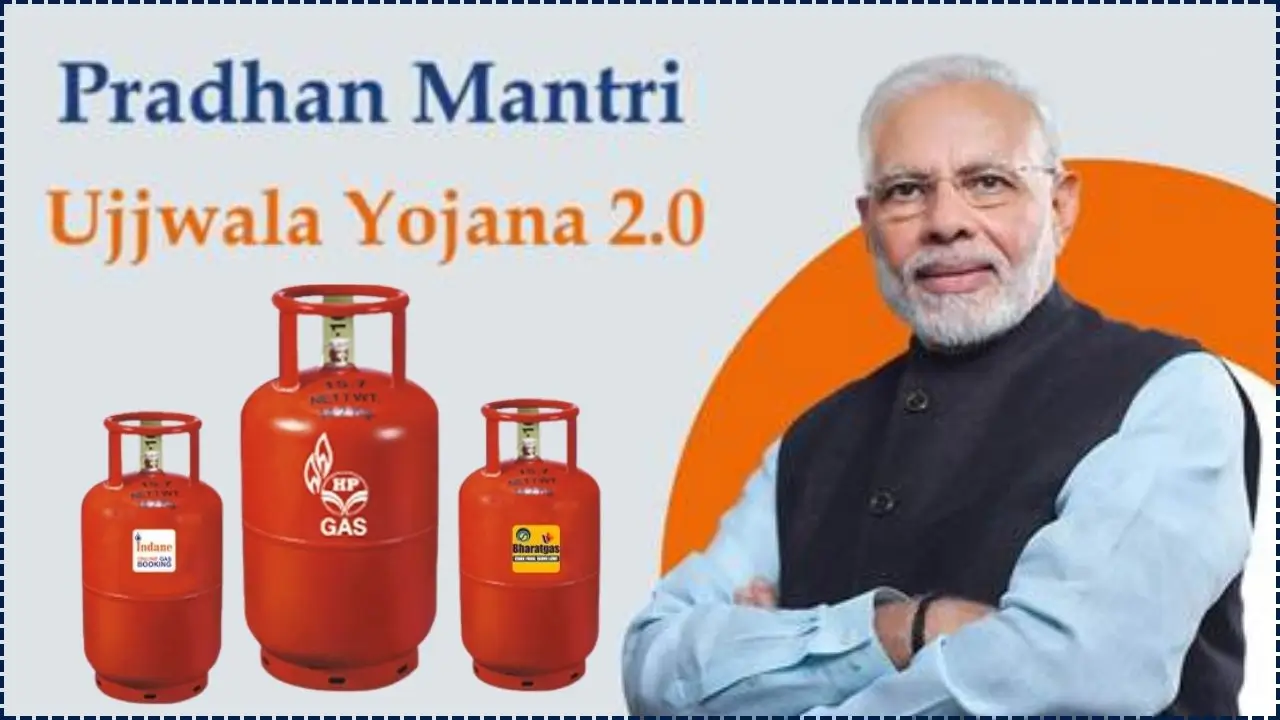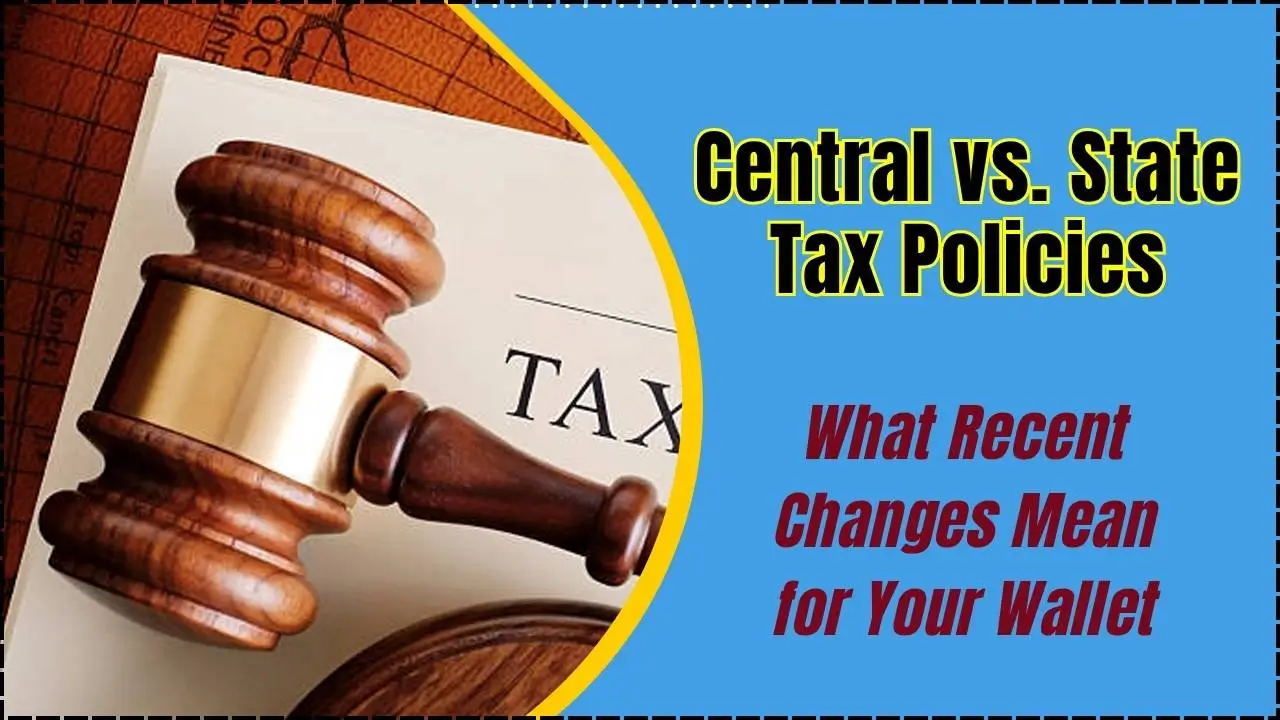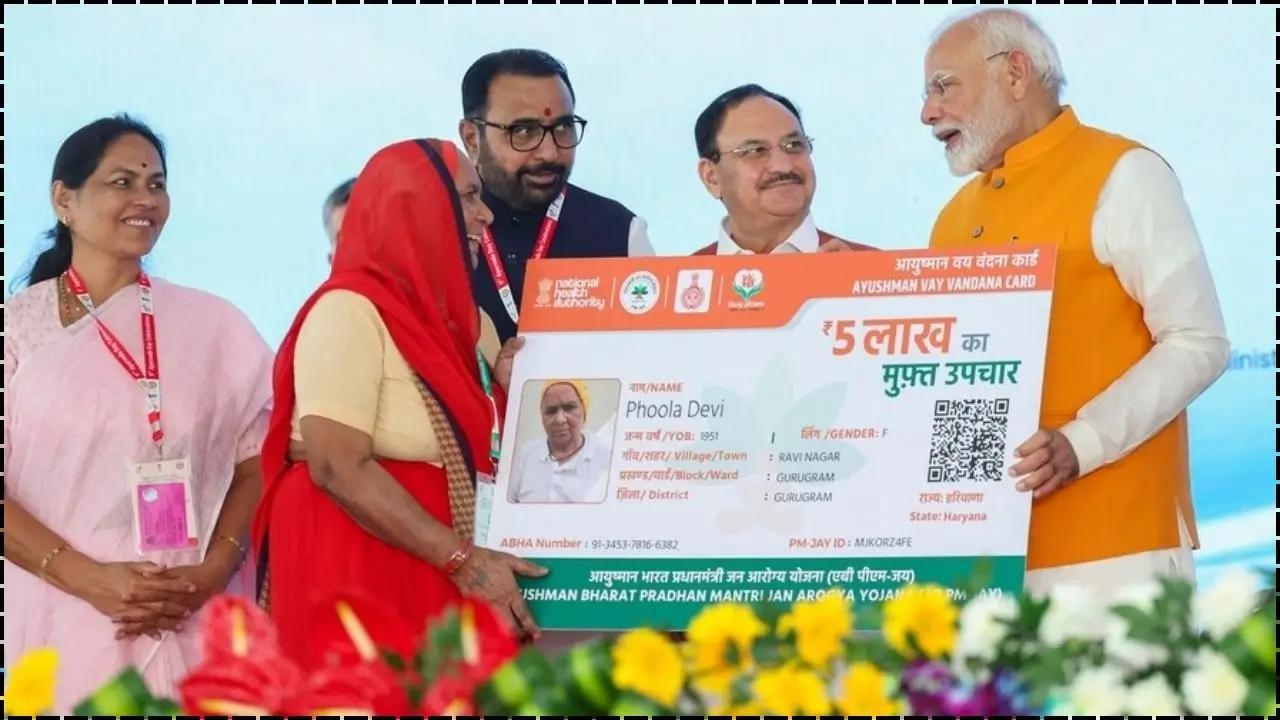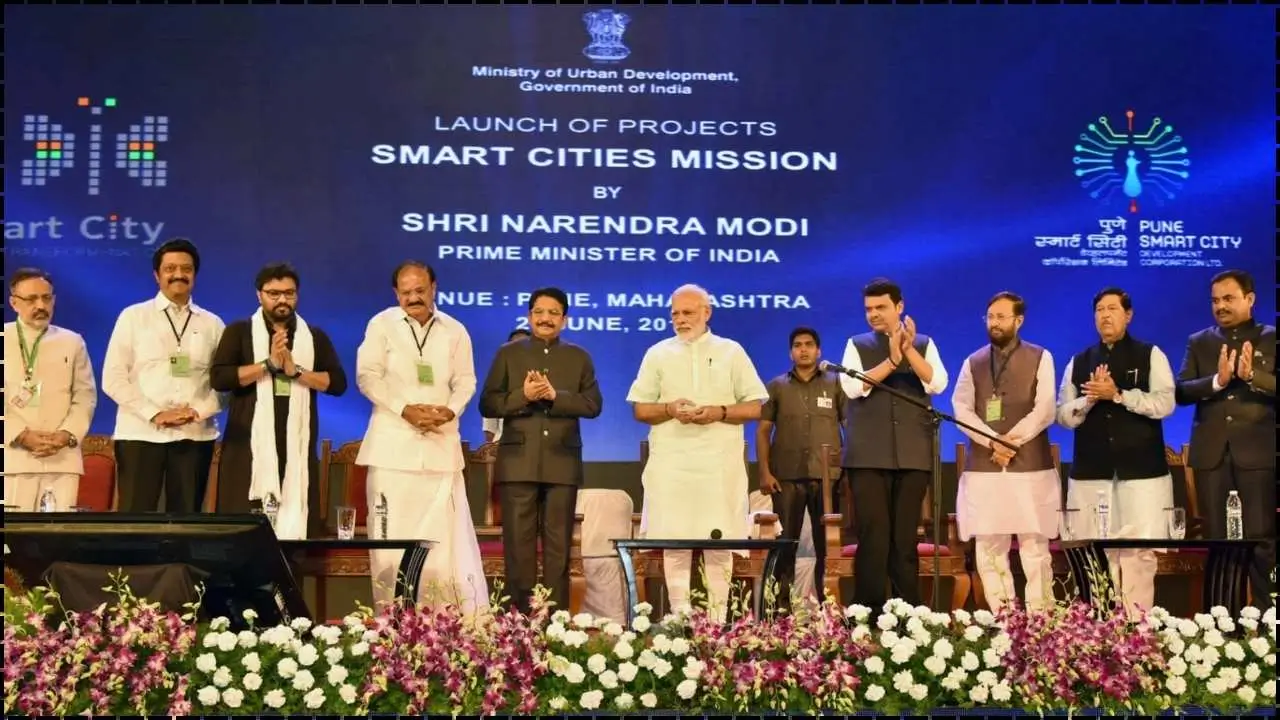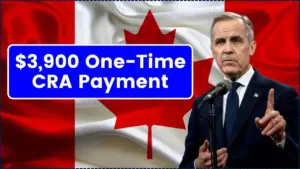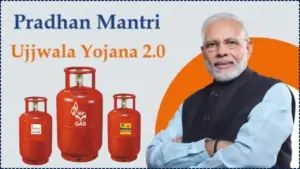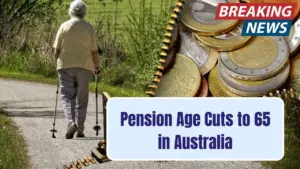State governments across India are intensifying efforts to make housing affordable for millions of low- and middle-income families. While the central government’s Pradhan Mantri Awas Yojana (PMAY) provides a nationwide framework, states are increasingly shaping policies that address local challenges, mobilise land resources, and accelerate project completion. These state government housing schemes are becoming critical in bridging the gap between promise and delivery.
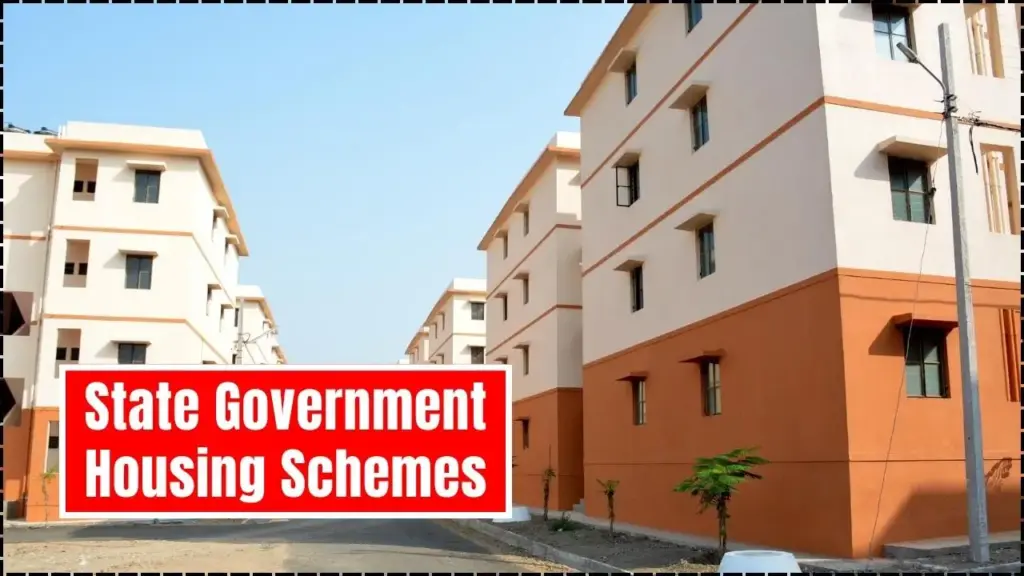
State government housing schemes are emerging as a decisive factor in India’s affordable housing drive. By targeting land, finance, and redevelopment, states are bridging critical policy gaps. The coming years will determine whether these ambitious plans translate into sustainable, livable homes for millions.
The Central Framework and State Adaptations
The PMAY—both urban and rural—remains the foundation of India’s affordable housing policy, with the Centre offering subsidies and guidelines. But implementation, land acquisition, and regulatory approvals often lie in state hands. States are using this leverage to launch customised schemes, supplement subsidies, and adapt eligibility norms.
According to a recent government policy note, land cost contributes nearly 40 percent of total housing expenses in urban India. By regulating land prices, allocating public land, or encouraging redevelopment, states aim to make affordable homes a realistic prospect for low-income groups.
Major State-Level Housing Policies
Maharashtra: “My House, My Right”
In 2025, Maharashtra unveiled a housing policy targeting 35 lakh affordable units by 2030. The scheme focuses on slum rehabilitation, low-income households, and redevelopment of ageing housing societies. The state has also formed a dedicated authority to accelerate self-redevelopment projects, allowing residents to rebuild with government support while retaining ownership.
Andhra Pradesh: Aggressive Timelines for Delivery
The Andhra Pradesh government announced plans to complete and allot three lakh houses before Diwali 2025, with six lakh more scheduled for mid-2026. The scheme prioritises timely delivery, with Chief Minister Y. S. Jagan Mohan Reddy emphasising that “housing is not a political promise but a social obligation.”
Odisha: Affordable Housing in Tier-2 Cities
Odisha has introduced urban housing schemes with unit prices ranging from ₹15 lakh to ₹50 lakh. Projects are already underway in Bhubaneswar, with planned expansions to Rourkela and Sambalpur. Officials have indicated that the model includes public-private partnerships to spread costs and speed up construction.
Punjab: PUDA-Led Housing Initiatives
Punjab’s Affordable Housing Scheme 2025, overseen by the Punjab Urban Planning and Development Authority (PUDA), offers affordable units across EWS (economically weaker section), LIG (low-income group), and MIG (middle-income group). The scheme is positioned as a supplement to central housing efforts, with the state extending its own subsidies.
How Policies Are Enabling Affordable Homes
Land and Regulatory Reforms
States are using land pooling, special planning zones, and concessional land allotments to reduce the cost of projects. Relaxation of floor area ratio (FAR) rules and faster approval windows have also been introduced to incentivise developers to enter the affordable housing sector.
Financing Incentives
Several states now provide top-up subsidies alongside central schemes. Maharashtra and Odisha, for example, have pledged viability gap funding for developers. These measures aim to ensure that projects remain commercially attractive while delivering homes within reach of low-income buyers.
Redevelopment and Sustainability
Redevelopment is central to state housing policy, particularly in densely populated cities. By focusing on slum rehabilitation and redevelopment of old residential blocks, states are delivering housing without requiring fresh land acquisition. Some policies also mandate eco-friendly building materials and rooftop solar installations.
Related Links
West Bengal Healthcare Policy: Expanding Access to Primary Medical Facilities
Gujarat Industrial Policy: How MSMEs Can Avail New Financial Support
Karnataka EV Policy: State Incentives for Electric Vehicle Adoption Explained
Impact on Citizens and Industry
For citizens, these policies mean shorter waiting times, clearer eligibility norms, and more financing support. Affordable units are increasingly being offered near transport hubs and integrated with water and sanitation infrastructure, addressing long-standing concerns about housing quality.
For the housing industry, streamlined approval processes and state-led land support reduce risks and encourage private participation. Analysts at the National Real Estate Development Council (NAREDCO) note that “affordable housing is now a serious growth driver, particularly in states where governments actively de-risk projects.”
Challenges Ahead
Despite progress, challenges remain. Land scarcity in metro cities, resource constraints for states, and coordination gaps with central programmes often slow delivery. There are also concerns about construction quality and long-term maintenance in some projects.
Experts warn that coordination between central and state agencies will be critical. Transparent beneficiary lists, grievance redressal mechanisms, and digital monitoring dashboards are seen as essential for success.



